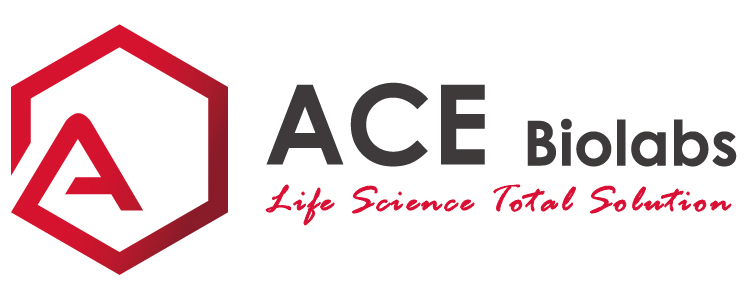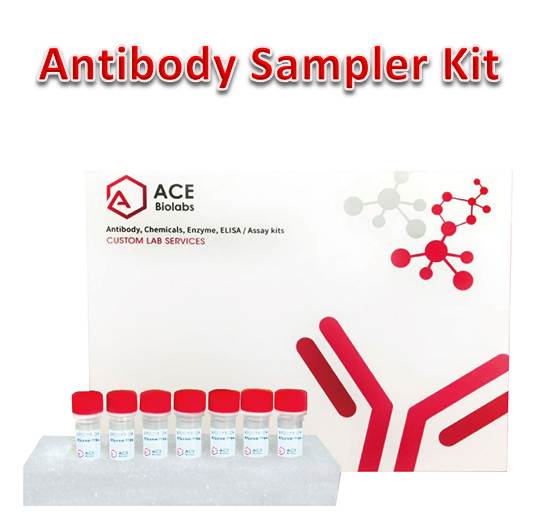Antibody, Antibody Sampler Kit
Stress and Apoptosis Antibody Sampler Kit
- Catalog Number : AK0269
- Number : AK0269
-
Size:
Qty : - Price : Request Inquiry
Introduction
Cells respond to environmental or intracellular stresses through various mechanisms ranging from initiation of prosurvival strategies to activation of cell death pathways that remove damaged cells from the organism. Many of the proteins and cellular processes involved in normal signaling and survival pathways also play dual roles in cell death-promoting mechanisms. Apoptosis is a regulated cellular suicide mechanism characterized by nuclear condensation, cell shrinkage, membrane blebbing, and DNA fragmentation. Caspase-3 (CPP-32, Apoptain, Yama, SCA-1) is a critical executioner of apoptosis, as it is either partially or totally responsible for the proteolytic cleavage of many key proteins such as the nuclear enzyme poly (ADP-ribose) polymerase (PARP). PARP appears to be involved in DNA repair in response to environmental stress. This protein can be cleaved by many ICE-like caspases in vitro and is one of the main cleavage targets of caspase-3 in vivo. PARP helps cells to maintain their viability; cleavage of PARP facilitates cellular disassembly and serves as a marker of cells undergoing apoptosis. The p53 tumor suppressor protein plays a major role in cellular response to DNA damage and other genomic aberrations. Activation of p53 can lead to either cell cycle arrest and DNA repair or apoptosis. DNA damage induces phosphorylation of p53 at Ser15 and Ser20 and leads to a reduced interaction between p53 and its negative regulator, the oncoprotein MDM2. MDM2 inhibits p53 accumulation by targeting it for ubiquitination and proteasomal degradation. Stress-activated protein kinases (SAPK)/Jun amino-terminal kinases (JNK) are members of the MAPK family that are activated by a variety of environmental stresses, inflammatory cytokines, growth factors, and GPCR agonists. Stress signals are delivered to this cascade by small GTPases of the Rho family (Rac, Rho, cdc42). SAPK/JNK, when active as a dimer, can translocate to the nucleus and regulate transcription through its effects on c-Jun, ATF-2, and other transcription fac
General Information
| Reactivity | Human |
|---|---|
| Application | WB |
| Host | Rabbit |
| Clonality | Polyclonal |
| Conjugate | HRP,Non-conjugated |
| Storage instruction | Store at -20℃. Avoid freeze / thaw cycles. |
| Research topic | Stress response; Regulation of Apoptosis |
Product Includes
| Product name | Quantity | Applications | Reactivity | Host |
| Phospho-HSP27 (Ser82) Polyclonal Antibody | 20μL | WB,IHC,ELISA | Human, Mouse, Rat | Rabbit |
| Phospho-JNK1/2/3 (Thr183/Y185) Polyclonal Antibody | 20μL | WB,ELISA | Human, Mouse, Rat | Rabbit |
| Phospho-JUN/JUND (Ser73/100) Polyclonal Antibody | 20μL | WB,IHC,ELISA | Human, Mouse, Rat | Rabbit |
| Phospho-P53 (Ser15) Polyclonal Antibody | 20μL | WB,IHC,IF,IP,ELISA | Human, Rat | Rabbit |
| Cleaved-CASP3 p17 (D175) Polyclonal Antibody | 20μL | WB,IHC,ELISA | Human, Mouse, Rat | Rabbit |
| Cleaved-PARP1 (D214) Polyclonal Antibody | 20μL | WB,ELISA | Human, Mouse | Rabbit |
| Phospho-P38 (Thr180/Tyr182) Polyclonal Antibody | 20μL | WB,IHC,ELISA | Human, Mouse, Rat | Rabbit |
| Goat Anti-Rabbit IgG (H+L)(peroxidase/HRP conjugated) | 120μL | WB,ELISA |







.png)